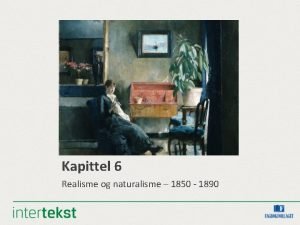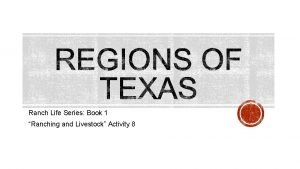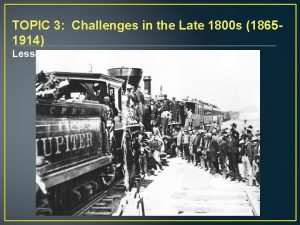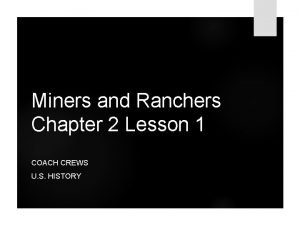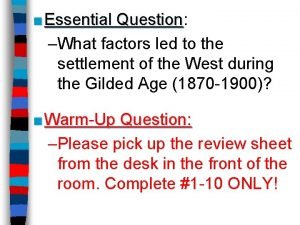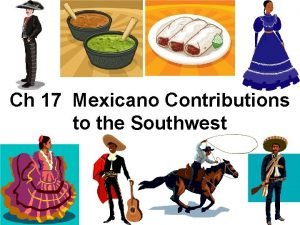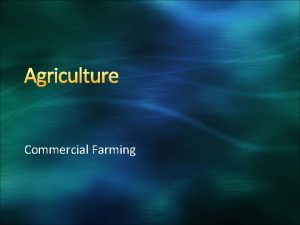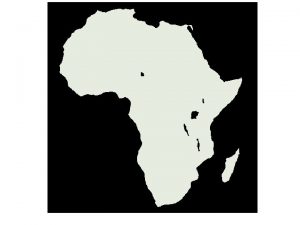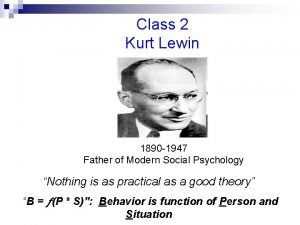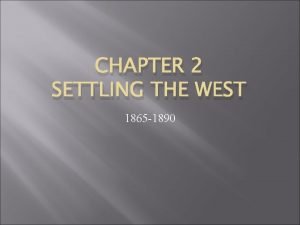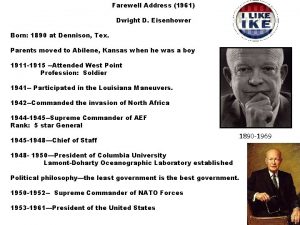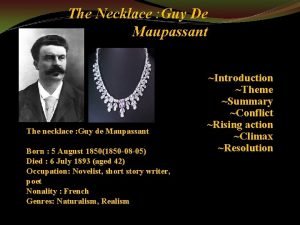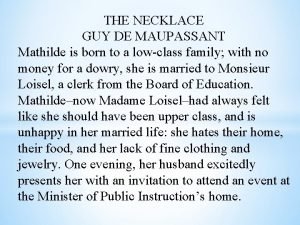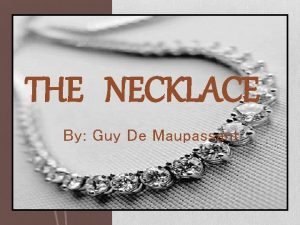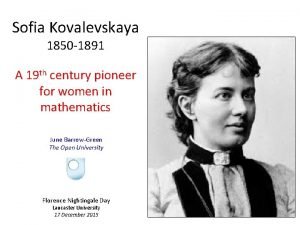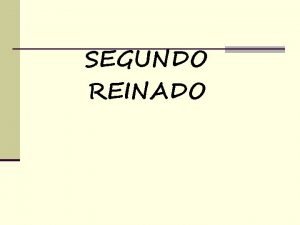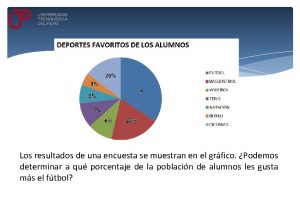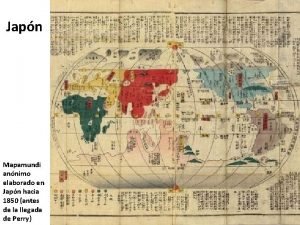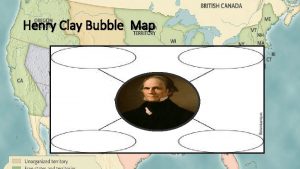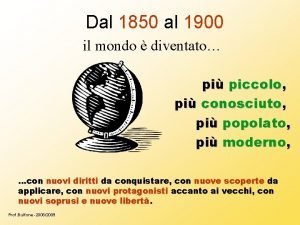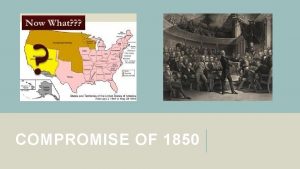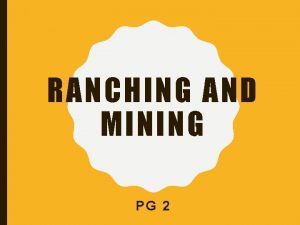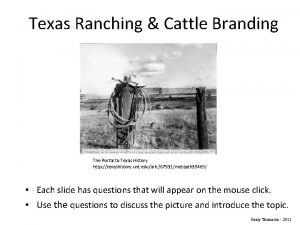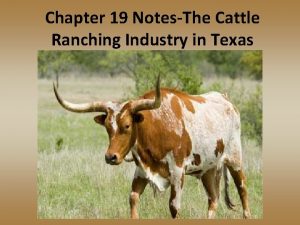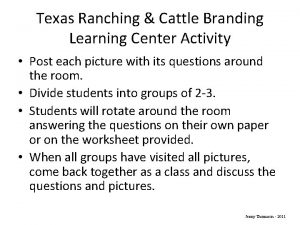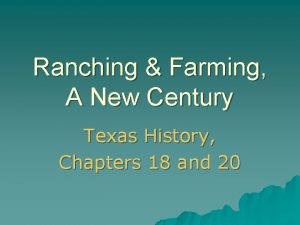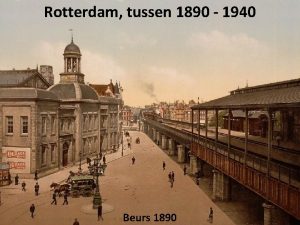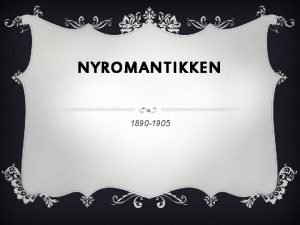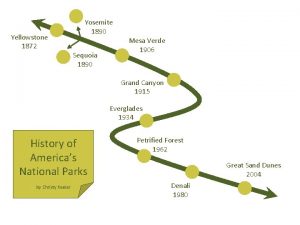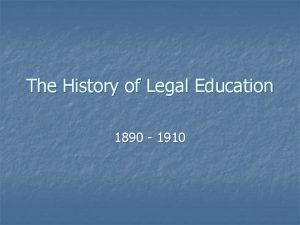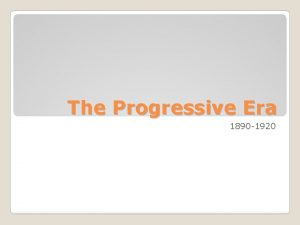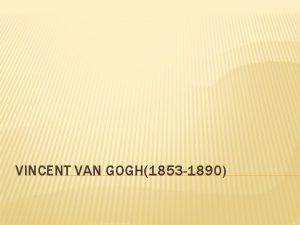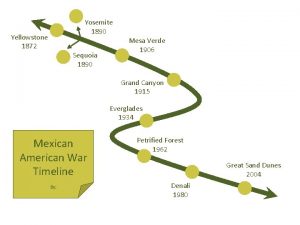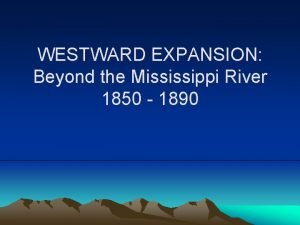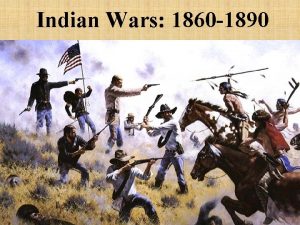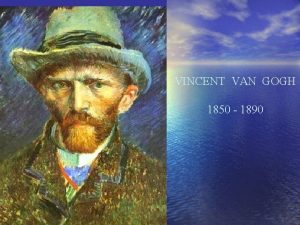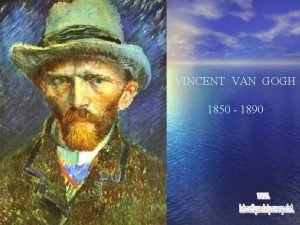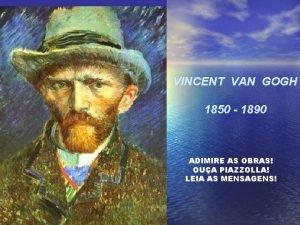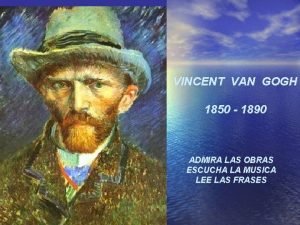Chapter 17 Ranching in Texas 1850 1890 The






































- Slides: 38

Chapter 17: Ranching in Texas 1850 -1890

The Beginning of the Cattle Industry in Texas: Chapter 17 • Once the buffalo herds had been killed and Native Americans had been moved onto reservations, settlers began moving into West Texas. There, they established towns, farms and ranches.

Spanish Origins • When the first Spanish explorers and priests came from Spain and Mexico, they brought with them cattle. These animals were the early ancestors of the Texas longhorn cattle we have today. • In the 1700 s, Spanish colonizer Jose de Escando established several large land grants along the Rio Grande river. These Spanish ranchers raised the cattle on the open range. After the cattle were driven into corrals or pens, they were marked with their owners brand.

Myth or Fact • Most Cowboys had small or medium physical frames. –Truth • Large men were too heavy to ride mustangs.

Myth or Fact • A cowboy would ride the same horse all day. – Myth • Cowboys would ride a string of horses depending on what task was at hand. For example, a mild horse would be used at night and a quick horse would be used for cattle roping and tending.

Myth or Fact • Women could not be cowboys. – Myth • Several women owned ranches and ran their own cattle drives, including Amanda Burks and Lizzie Johnson.

Myth or Fact • Cowboys often had to fight off Native Americans. – Myth- • Cowboys rarely if ever fought Native Americans.

Some helpful Spanish to know: • • • Vaca= Cow Ranchero= Rancher Corro= Corral Mestenos= Mustangs Cocinero=Cook

"The Texas Longhorn was bred not by man but shaped by nature and man benefited. " J. Frank Dobie

Longhorns • The longhorns most distinctive characteristics were their ability to adapt to almost any environment. They were able to survive on little water and food in extreme hot and cold temperatures. They used their long horns as a means of protection from other animals. • .

Over time different breeds mixed to produce a distinctly new breed, the Texas Longhorn.

Early Ranching • James Taylor White owned a ranch in Liberty County. • He was considered Texas’s first cattle baron. • He was among the first rancher to take cattle to market in Louisiana. Some were sold to transport the rest up the Mississippi. • By 1850 cattle could be herded or “driven” to Missouri for shipment by rail to Eastern markets.

Early Ranching • For most other cattle ranchers, it was too costly to drive their cattle to the eastern meat markets so they would sell their cattle along the coast to producers of leather goods or for the production of soap and candles. • ** Texas fever – a disease carried by some cattle in Texas that was transmitted by ticks Early cattle brands

Texas Herds During the Civil War • The Civil War had a negative impact on the cattle industry. Much of the work on ranches did not get done because many people had left to fight in the war. By the end of the war, there were so many cattle and so few Texans to buy them that their value was next to nothing.

Herds during the Civil War • During 1863 the Union controlled the Mississippi River, which meant that Texans could not get their huge herds to the troops who needed the food. • While the men were away, the cattle roamed the state and their numbers grew greatly. • There were so many cattle by that time, and so few Texans with money to buy them that they were worth little.

Chapter 17 Section 2 Notes A Market for Beef Stockyard • After the Civil War the demand for beef slowly began to increase. • Joseph G. Mc. Coy built the first cow town – Abilene, Kansas. This new town featured holding pens near the railroad track, wider streets to make driving the cattle through town easier and an entertainment center for the cowboys. Packing house

Joseph G. Mc. Coy • A Chicago business leader, who built the first “cow town” in Abilene, Kansas. • Was built on the southern branch of the Union Pacific Railroad. • Holding pens were built along the railroad tracks, wide streets, and entertainment for the cowhands. • He then sent word to Texas, and Jesse Chisholm answered the call with the establishment of the Chisholm Trail in 1867.

US Ranchers • Used methods of raising cattle with English origins. • They worked smaller herds that were fenced in. • They worked on foot. • Texan Ranchers adopted a little bit of both styles into a unique way of doing things.

The Cattle Trails

Chicago Stockyards and packinghouse

More Cattle Trails are built • A Texas Cowboy could get $4 for a cow in Texas, but he could get $40 for a cow in the North. • As more railroads are built, more cattle trails develop leading to the north. • The Western trail (Dodge City trail) extended from north from San Antonio to Dodge City. • The Goodnight-Loving trail went up the Pecos River into New Mexico, later extending to Wyoming.

The Development of the Cattle Trails Chisholm Trail – • Opened by Cherokee trader Jesse Chisholm in 1867 • Was the first of the great cattle trails • Extended from Texas to Kansas • Was used to herd move than 6 million longhorns from Texas to Abilene, Kansas Western Trail – also known as the Dodge City Trail • Became popular in the 1870 s • Extended North from San Antonio • Crossed the Red River at Doan’s Crossing and then headed to Dodge City in Western Kansas Goodnight-Loving Trail – also known as the Pecos Trail • Went up the Pecos River into New Mexico and Colorado • Later, the trail would extend into Wyoming

Life on the Trail We will later look at the jobs of hired hands on the trail…to be continued.


Life on the Trail – Important Jobs of the Cattle Drive • • • • Scouts rode ahead to select the best routes and to alert the trail boss to dangers Trail bosses were in charge of everyone on the trail. Pointers directed the herd from the side of lead cattle. Flankers rode next to the herd and kept them from going off course. Other cowhands and drovers followed the herd to kept the cattle from straying off course. Wranglers took care of the extra horses. The camp cook prepared the meals from the “chuckwagon”.


Open your book to page 373 – Look at the chart in your book.

Cattle Brands Branding is very important in proving ownership of lost or stolen animals. An unbranded animal is called a "slick, " and is almost impossible to legally identify. No other way is as easily visible as branding, not only for identification, but as a deterrent to theft. Today we can use tags or implanted computer chips to identify the owner of a particular cow.

Cowboy Employment Agency Poster You will complete a “Help Wanted” Poster for a particular job on the cattle trail. Be sure to include: * job title * a description of the job * job salary * if experience is necessary * expectation of life on the trail * colorful illustrations Due at the end of class!!

Chapter 17 Section 3 Notes Great Spreads King Ranch JA Ranch Matador Ranch XIT Ranch

King Ranch 1852 | Richard King and Mifflin Kenedy | South Texas | 1 million acres

JA Ranch 1876 | Charles Goodnight & John Adair | Palo Duro Canyon area of Texas | More than million acres and 100, 000 cattle

Matador Ranch 1878 | A. M. Britton & H. H. Campbell | Motley County | Acquired land in other states & Canada

Sheep and Goat Ranching in Texas • In the 1850 s, George Wilkins Kendall established a sheep ranch near Boerne, Texas. He began raising the sheep not for their mutton (meat), but for their wool. • Around the same time period, Charles Schreiner of Kerr County began raising goats in the Edwards Plateau region of Texas. He promoted the Mohair product produced from the hair of the Angora goats. Mohair was used to make clothing and blankets.

L L I M D N I W E R I W D E B R A B What do you see?

Barbed Wire and Windmills • In 1873, Joseph F. Glidden invented barbed wire. This invention allowed ranchers to keep their cattle confined to a specific area of their land off the land of neighboring farmers. • The invention of barbed wire created the end of the open-range style of ranching. Some people disliked it the change in the ranching industry. Fencing cutting became a huge problem for many ranches. Old fashioned ranchers who refused to change their lifestyles and cattle rustlers were often cutting barbed wire fences to either pass through the land or for the cattle rustlers to steal the cattle. Laws had to be passed by the state legislature to make fence cutting illegal and a punishable crime. • Windmills made it possible for cattle owners to keep their cattle in pens on their land. Cattle no longer had to travel to find water. Windmills made it possible to pump water from underground sources to where their cattle was located.

The Myth and Reality of the Cowhands • After the civil war, many books were written to glorify the life of a cowboy. Plays, Wild West shows, and later movies and television often exaggerated the life of cowboys in the West. • The reality of being a cowboy was often very different from the myth created by books and movies.

The Range of Cultures • People of many cultures contributed to the cattle ranching industry in Texas. Often overlooked are the African American cowboys, Tejano vaqueros and even the women who worked alongside their husband to make sure everything operated smoothly on the ranches.
 Tradisjon og realisme på 1900-tallet
Tradisjon og realisme på 1900-tallet How did the spanish influence ranching in texas
How did the spanish influence ranching in texas Books on ranch life and ranching
Books on ranch life and ranching Sea ranching
Sea ranching Commercial grain farming ap human geography
Commercial grain farming ap human geography What contribution did mexicans make to cattle ranching?
What contribution did mexicans make to cattle ranching? Lesson 1 miners and ranchers
Lesson 1 miners and ranchers What factors led to
What factors led to Von thünen model definition ap human geography
Von thünen model definition ap human geography How did mexicanos contribute to mining in the southwest?
How did mexicanos contribute to mining in the southwest? Definition of commercial farming
Definition of commercial farming Old imperialism vs new imperialism
Old imperialism vs new imperialism Luuletaja 1890-1952
Luuletaja 1890-1952 Agnosia cromatica
Agnosia cromatica Kurt lewin (1890-1947)
Kurt lewin (1890-1947) 1890'lı yıllarda ingiltere'de whiff
1890'lı yıllarda ingiltere'de whiff The population of smallville in the year 1890 was 6250
The population of smallville in the year 1890 was 6250 The population of smallville in the year 1890 was 6250
The population of smallville in the year 1890 was 6250 1890 computer
1890 computer Native clothing
Native clothing Rizal in london paris brussels and madrid
Rizal in london paris brussels and madrid Layunin ng noli me tangere
Layunin ng noli me tangere Ano ang kainaman ng pagsulat
Ano ang kainaman ng pagsulat Born 1890
Born 1890 El filibusterismo agosto 6 1891
El filibusterismo agosto 6 1891 Marshall keynes
Marshall keynes Where was prussia in 1850
Where was prussia in 1850 The necklace short summary
The necklace short summary Mathilde was born into a family of
Mathilde was born into a family of Climax of the necklace
Climax of the necklace Charles palabino
Charles palabino N
N Neoclassicism (1750–1850)
Neoclassicism (1750–1850) Se muestran resultados de
Se muestran resultados de Mapamundi 1850
Mapamundi 1850 Explain the compromise of 1850
Explain the compromise of 1850 Scoperte scientifiche dal 1850 al 1900
Scoperte scientifiche dal 1850 al 1900 Who created the compromise of 1850? *
Who created the compromise of 1850? * Type of momentum
Type of momentum
